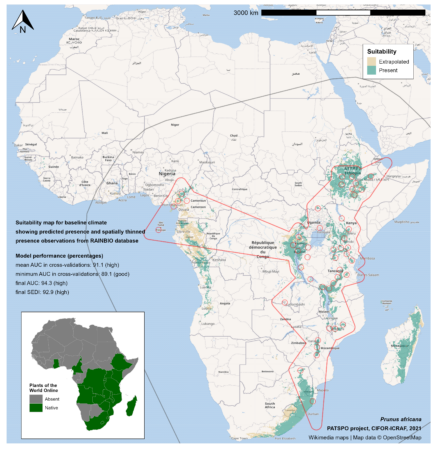Jeremy’s latest Eat This Newsletter has three — count them — pieces on rice. Here’s one of them. Do check out the others too though.
Rice by Any Other Name
Sometimes, I read an article and I marvel at the erudition it contains even when I cannot fully understand it. So it was with Deepa Reddy’s deep dive into Rice names & Memory work. She makes a strong case for the importance of names that describe Indian farmer varieties of rice and tell us more about them, but of course without any familiarity for the language much of the story was lost on me. One tidbit I picked up on: “Njavara with its potent medicinal value is ‘wild water grass,’ like the ‘Nivara’ of the old texts.” Oryza nivara is one of rice’s closest wild relatives. Is Njavara that wild relative, or a cultivar that resembles, or something else entirely?
The article contains a lot more in the intersection of agriculture, anthropology and ethnography and one bit that I hope to see explored further. The rice festival on which Deepa Reddy reported included a demonstration of the importance of memorisation to oral tradition, “by having a few young children recite, from top-to-bottom and entirely from memory, all the hundred-odd names of rices revived, conserved, and now grown in Tamil Nadu by local farmers”. She goes on to say:
Such memory practices and names do a lot more than just remind and entice; they help us understand the still vast array of heritage rices by telling us something about them, helping us to get to know them, remember them, choose between them, and by such methods safeguard them for all the time to come.
Yes, but what are the mnemonics that the children use? A memory palace for rice?
